Bushwick Residents Accuse City Planning of Ignoring Their Community Rezoning Plan
They voiced their frustrations at a public scoping meeting, marking the beginning of the environmental review process, Thursday.

Photo by Craig Hubert
With the rezoning plan for Bushwick moving forward, local residents are united on a few key concerns.
They had the chance to voice their frustrations at a public scoping meeting, marking the beginning of the environmental review process, on June 27. The biggest problem among the people who spoke at the meeting — 31 in total spoke — was that the draft plan, released in April, doesn’t follow the Bushwick Community Plan.
Launched in 2014, the Bushwick Community Plan was an effort to have residents, in collaboration with local politicians and neighborhood organizations, design a comprehensive plan for future development in Bushwick.
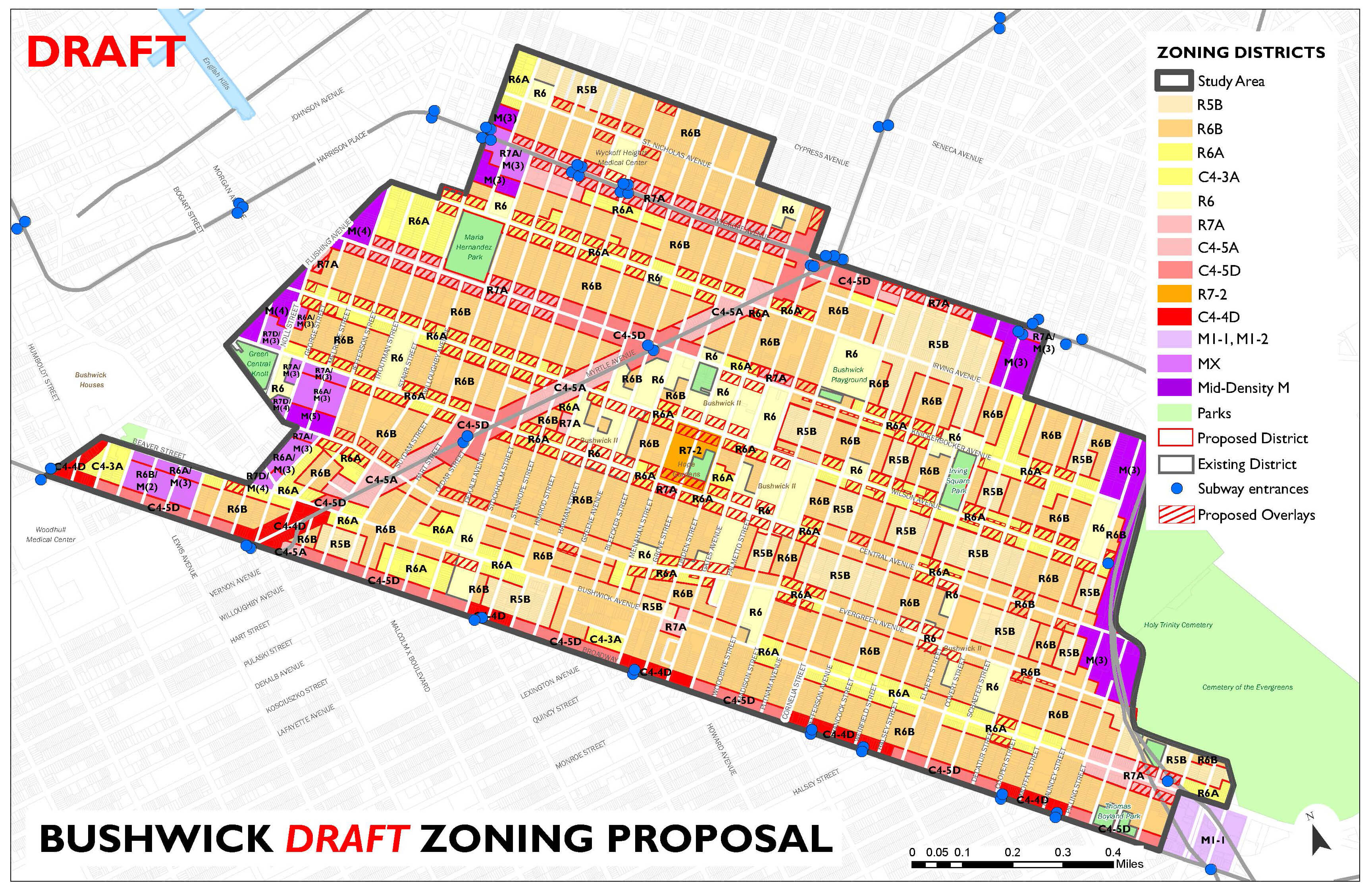
So even though Sarit Platkin from Department of City Planning, in her opening remarks, claimed that the agency’s draft plan “builds on the work of the Bushwick Community Plan,” most felt it ignored it altogether.
The plan, as presented by DCP, includes allowing higher density near transit areas, meaning stretches of Broadway and Myrtle Avenue, that could result in buildings up to 16 stories, as well as in what City Planning calls “neighborhood corridors,” which here include parts of Central Avenue, Wilson Avenue and Irving Avenue, that would allow buildings reaching up to nine stories; preserving side streets, limiting heights at three to five stories; and a mix of uses in the manufacturing areas, where residential will be introduced in certain sections.
“To me, it’s really sad” that city planning was “repeating mistakes of the past,” said Scott Short, the chief executive officer of local nonprofit RiseBoro.
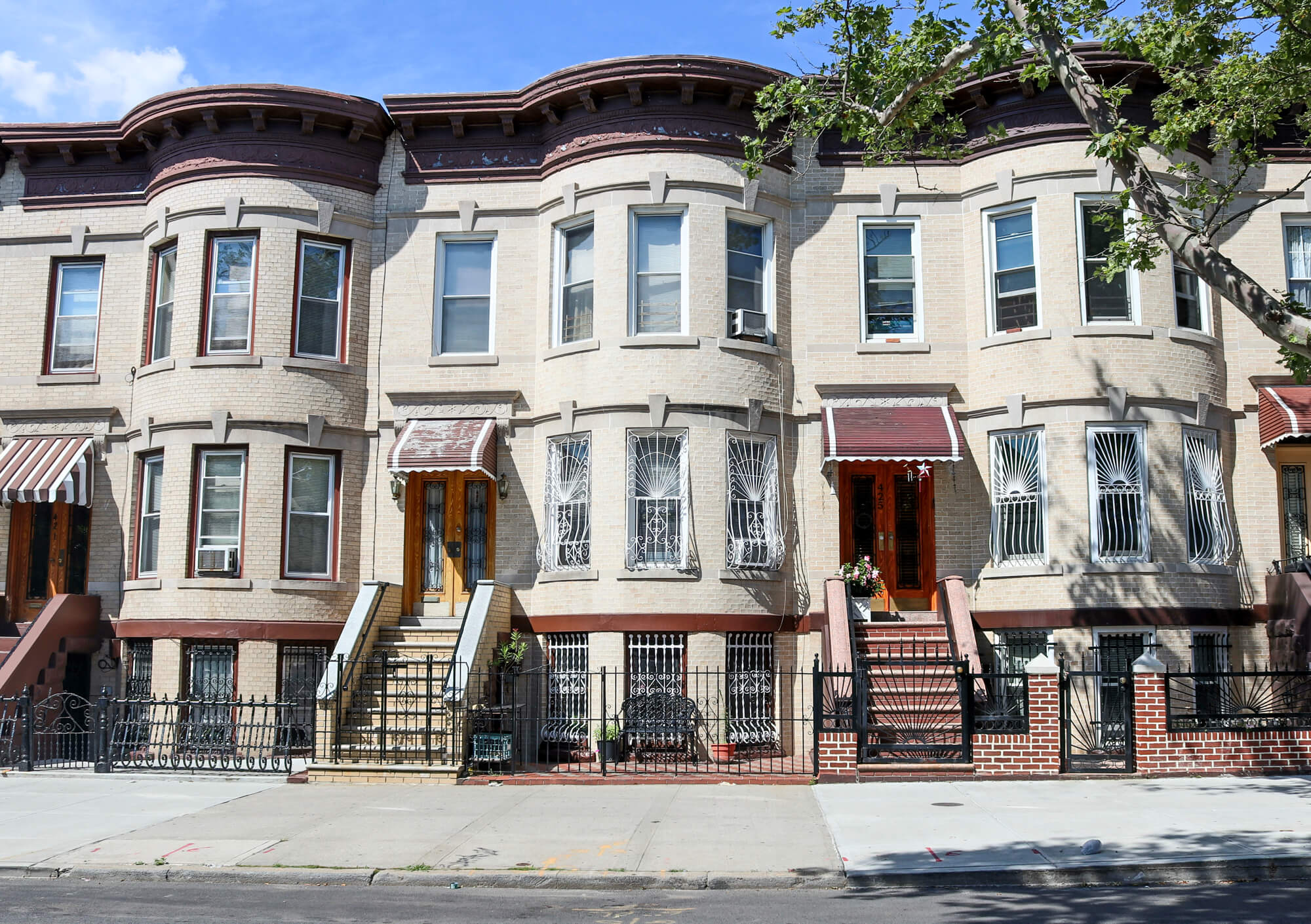
In its broad strokes, the DCP’s plan does not differ widely from the Bushwick Community Plan. But in its specifics, residents say, is where they feel they are being ignored.
A number of people spoke passionately about the loss of manufacturing jobs that will result from the rezoning. Philip Simpson, a local attorney, talked about the lack of protection for “blue-collar jobs,” comparing what will happen to the loss of auto repair jobs on Jerome Avenue in the Bronx following a rezoning in 2017.
Others questioned the need for buildings up to 16 stories along what city planning is calling the “transit corridors” along Myrtle Avenue, Wyckoff and Broadway.
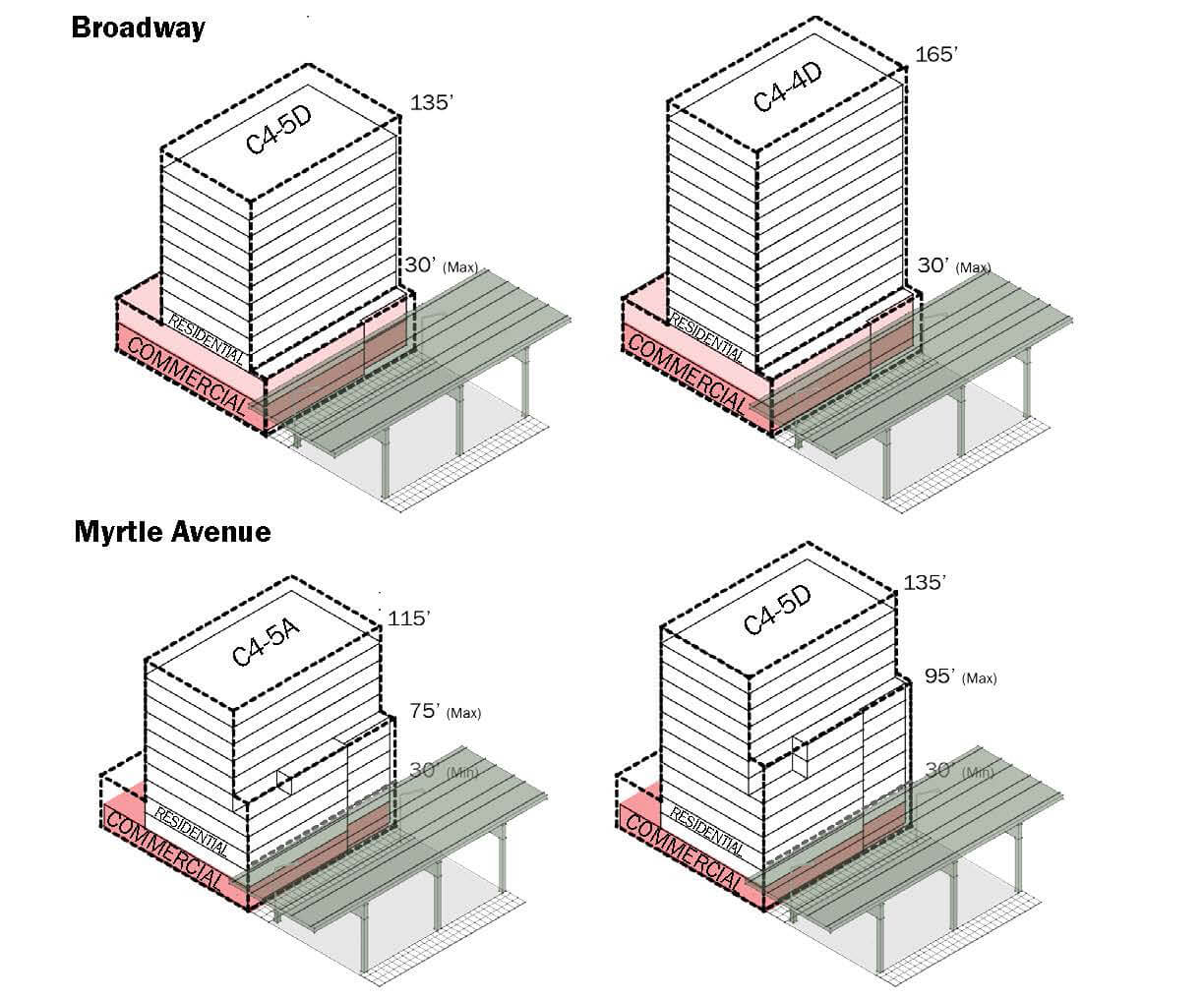
But the biggest issue addressed in the meeting, echoed by a majority of the residents and public officials such as City Council members Antonio Reynoso and Rafael Espinal, as well representatives for Borough President Eric Adams and State Senators Julia Salazar and Nydia Velázquez, was the need for a Racial Impact Study.
Pitched as a component to the environmental review process, the study, which has picked up steam in recent weeks, would study the racial impact of displacement caused by a rezoning. Without it, residents claim, the rezoning will ignore the true impact it will cause on the neighborhood.
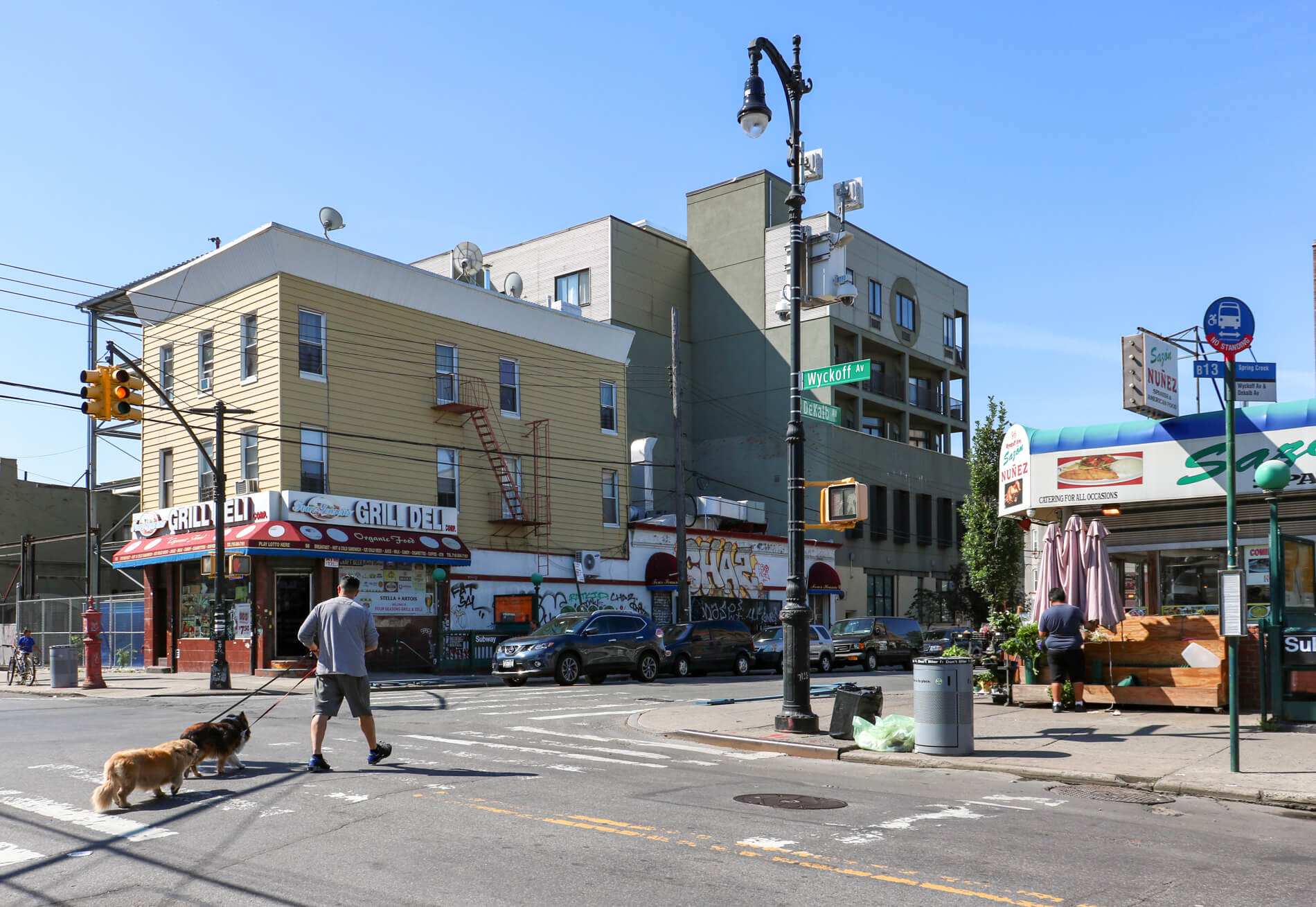
“You’re not concerned about the people who live here,” said Linda Kelly, who said she has lived in the neighborhood for 70 years. “You have to listen to us. This is where we live. This is our home.” The only way she would leave Bushwick, she said, was in a “pine box.”
Raul Rubio, a longtime resident of Bushwick and member of the community board, still saw hope in a solution. “Make it happen. Make it work,” he said to the members of City Planning in attendance. “We want to work together because we’re not going anywhere.”
Related Stories
- Tensions Flare at Community Board Meeting Introducing the Bushwick Rezoning Plan
- Bushwick Community Plan Calls for More Affordability and Historic Districts
- What Is Happening With the Bushwick Community Plan?
Email tips@brownstoner.com with further comments, questions or tips. Follow Brownstoner on Twitter and Instagram, and like us on Facebook.

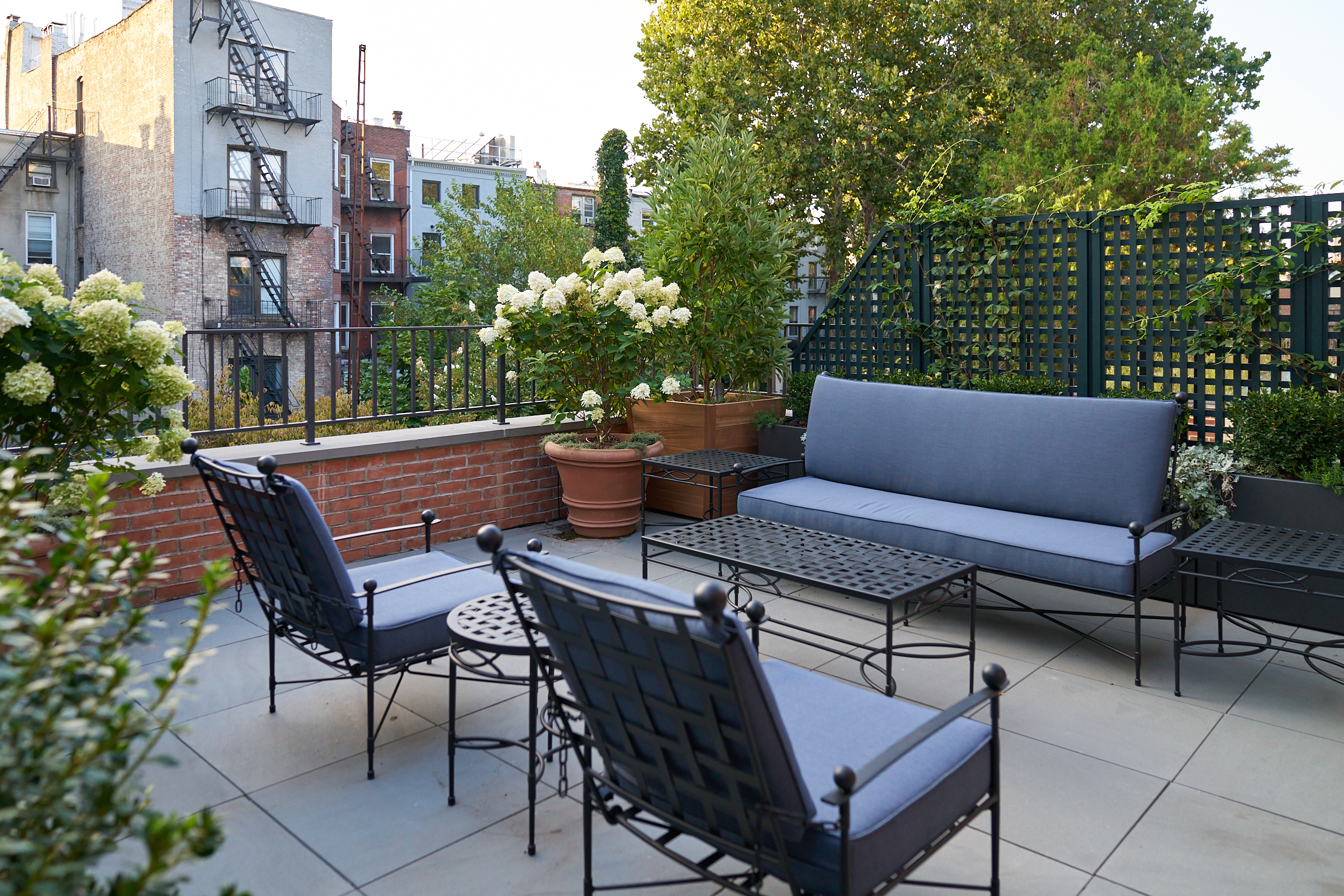
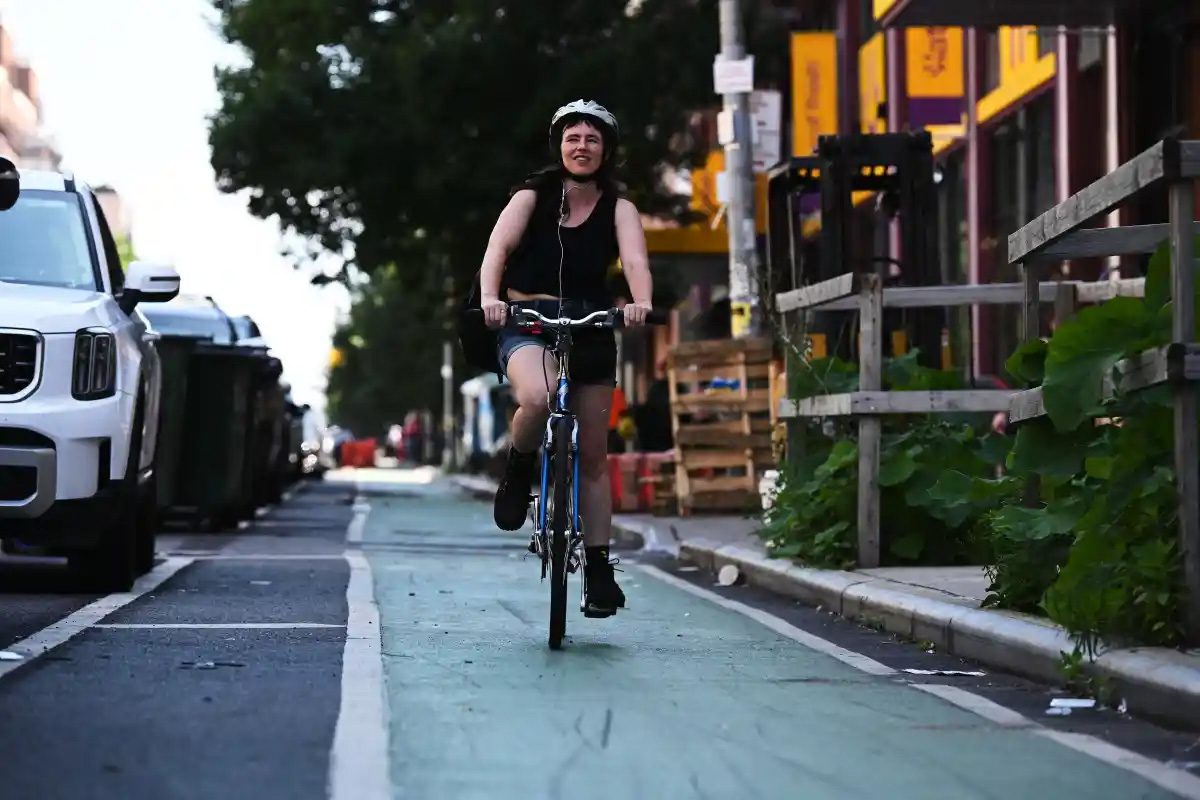
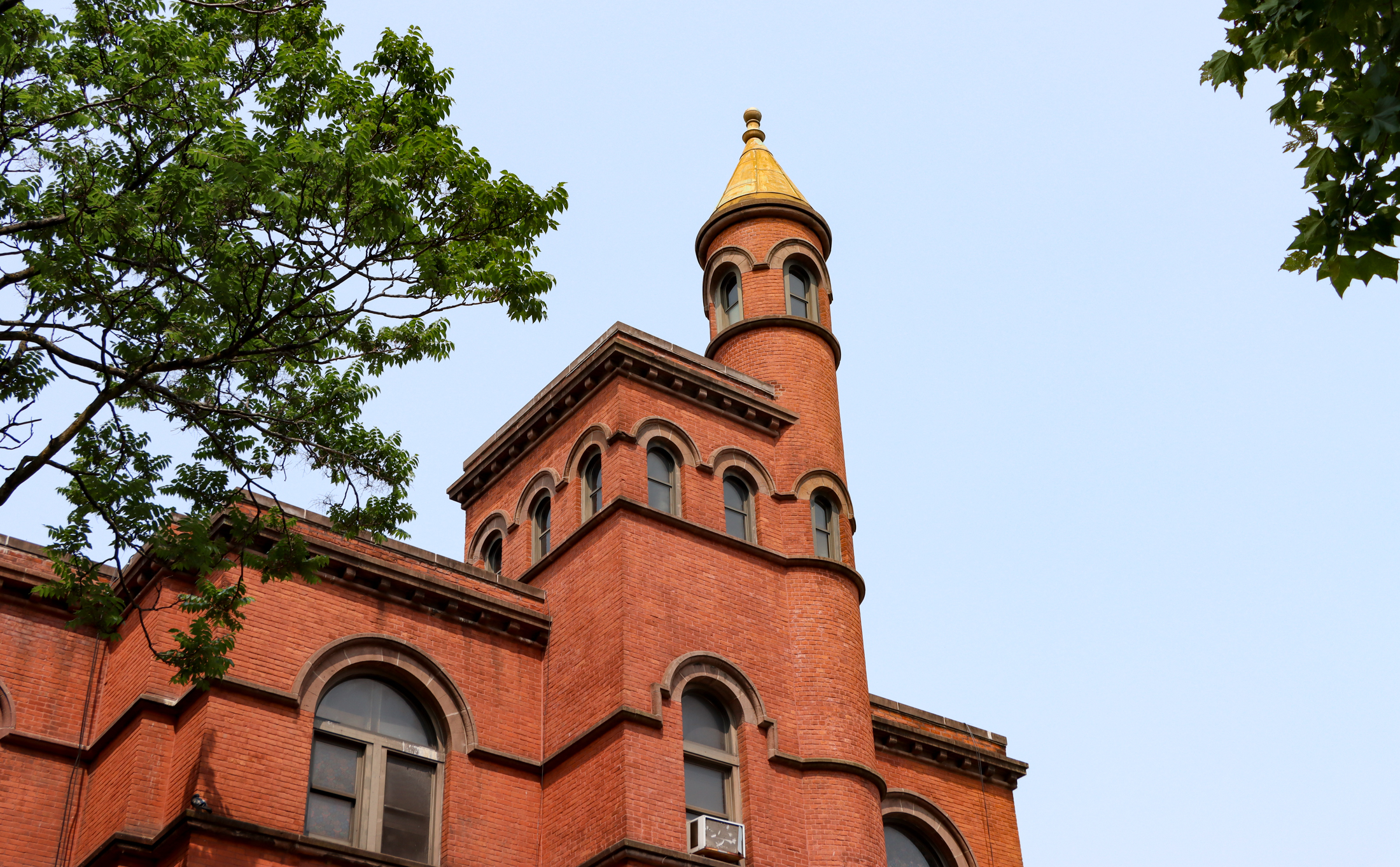
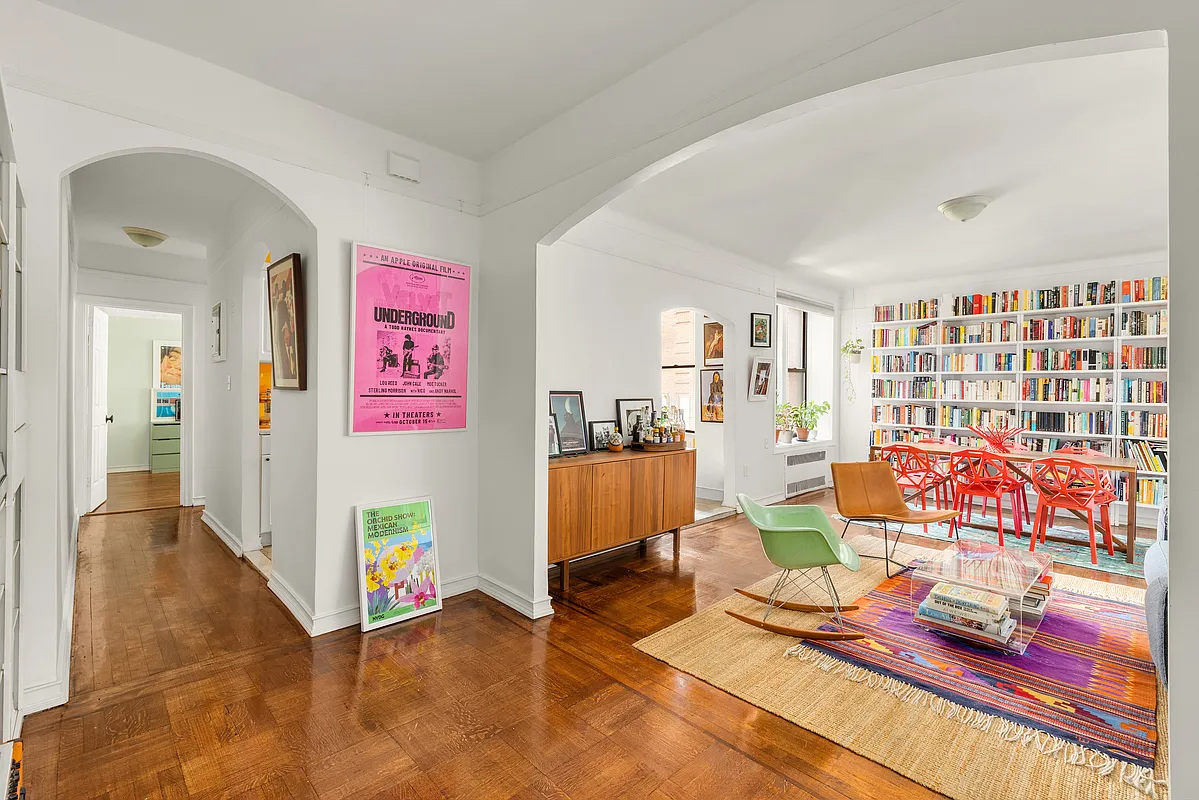
What's Your Take? Leave a Comment